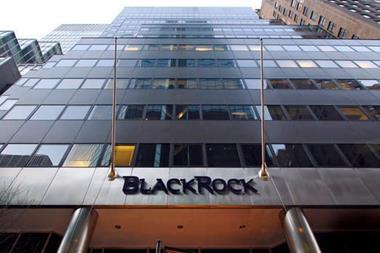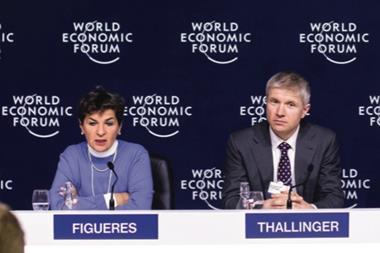Investors the world over now have the tools enabling them to implement net-zero strategies, according to an announcement from the Institutional Investors Group on Climate Change (IIGCC), with real-world portfolio testing also showing that alignment with the Paris Agreement need not affect risk-adjusted returns.
The Net-Zero Investment Framework (NZIF), a draft of which was presented for consultation last year, enables investors to decarbonise investment portfolios and increase investment in climate solutions in a way that is consistent with and contributes to achieving global net-zero emissions by 2050 or sooner.
“The framework provides the basis for implementing ambitious and robust net-zero commitments by a range of investors – asset managers and asset owners, large or small – so that we really have an industry-wide approach and a common standard, because that is how you drive impact at scale,” said Stephanie Pfeiffer, CEO of the IIGCC at a media briefing yesterday.
Brunel Pension Partnership, an LGPS asset pooling collaboration that provided early sponsorship of the work on the framework, described its launch as “an historic moment for financial services”.
Faith Ward, chief responsible investment officer at Brunel and chair of the IIGCC, said: “It has taken enormous collective will to reach the point where investors can look to a common framework to deliver our shared climate goals.
“It is a good moment to stop and celebrate the scale of the opportunity that this creates. But not for long – the urgency of the climate crisis means investors and asset owners need to start using this today.”
The finalisation of the framework has brought forward new and enhanced commitments from asset owners, Pfeiffer highlighted, such as New York State Common Retirement Fund, NN Group, Scottish Widows, and many UK local government pension scheme (LGPS) funds.
Including asset managers, 35 investors are putting the NZIF to practical use, the majority of which participated in its creation. NEST Corporation is another asset owner that has made a net-zero commitment based on the framework, as are AP2, Pædagogernes Pension, PensionDanmark, and PKA in the Nordic region, and Bundespensionskasse AG in Austria.
In total more than 110 investors representing $33trn in assets were involved in its development through the IIGCC’s asset owner-steered Paris Aligned Investing Initiative (PAII). The initiative and the NZIF are now being rolled out globally with the help of IIGCC’s counterparts in other regions of the world.
Many asset managers using the NZIF have made net-zero commitments through the Net Zero Asset Managers initiative launched in December, which is also delivered by IIGCC and partner investor groups.
Separately, the IIGCC’s PAII and the UN-convened Net-Zero Asset Owner Alliance are in discussions about further aligning approches to achieving net-zero investment portfolios. “Detailed work is about to start,” they said in a joint statement.
Financially safe
There are five key components to the framework: objectives and targets, strategic asset allocation and asset class alignment, alongside policy advocacy and, investor engagement activity and governance. Four different asset classes – sovereign bonds, listed equities and corporate fixed income and real estate – are already covered by the NZIF, with work also getting underway on infrastructure and private equity.
When the IIGCC presented the draft NZIF for consultation last year, it also announced that the framework would be tested on real-world portfolios with the participation of five major asset owners, APG, Brunel, the Church of England Pensions Board, PKA, and Phoenix Group.
Speaking during the media briefing yesterday, Craig Mackenzie, head of strategic asset allocation at Aberdeen Standard Investments, said the key question that many large investors had was whether they could integrate ambitious climate goals while still meeting their investment objectives over the long-term.
The conclusion of the testing exercise was very positive, he said.
“We can achieve quite significant carbon reductions and carbon trajectory reductions, and similarly, increased climate solution allocations without significantly disturbing the financial characteristics of the portfolios,” he said.
“The framework provides a practical tool for alignment, and it is possible to deploy it using existing data and without compromising on performance”
Vivid Economics
According to Vivid Economics analysis of the testing results, when the financial performance of the portfolios were assessed using a model across a range of scenarios, the Paris-aligned portfolios performed significantly better in scenarios with ambitious climate action.
It also said investors were able to align their portfolios in ways that did not affect risk-adjusted returns, even in a scenario where there is no further climate action beyond current policies.
“Investors need not wait, then, to act on climate and align portfolios with pathways consistent with achieving the goals of the Paris Agreement,” the consultancy reported. “The framework provides a practical tool for alignment, and it is possible to deploy it using existing data and without compromising on performance.”
The framework can be found here.























No comments yet